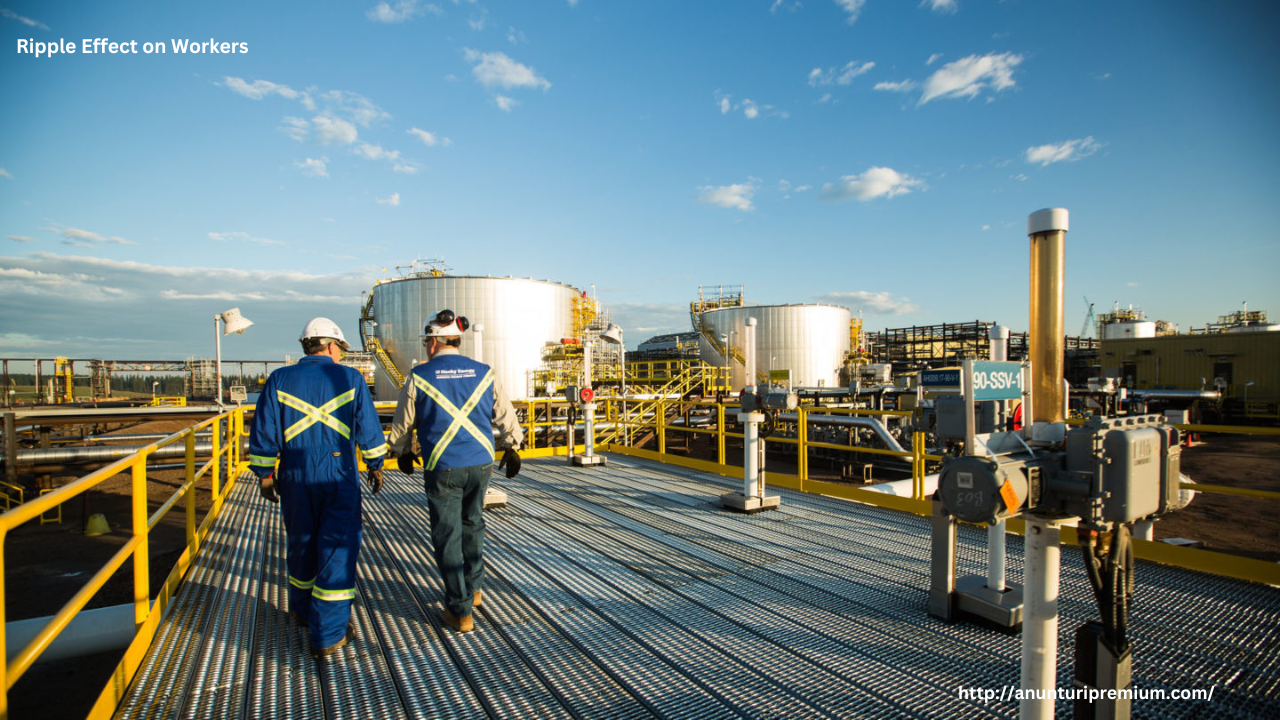Northern Alberta has long been synonymous with opportunity, as the oil sands industry continues to draw thousands of workers seeking high wages and financial security. However, this economic prosperity comes at a cost. Alongside the booming oil industry, a growing drug crisis is taking hold, with methamphetamine (meth) use reaching alarming levels. As money flows into the region, so do illicit substances, fueling addiction, crime, and social instability.
The Perfect Conditions for a Drug Epidemic
The oil industry’s demanding work culture plays a significant role in the rise of drug use. Long, exhausting shifts—often stretching 12 hours or more—leave workers physically drained. Many endure weeks of isolation in remote camps with limited recreational opportunities, leading to stress, boredom, and loneliness.
Meth has become a drug of choice in this environment. It provides an intense, long-lasting high that helps users stay awake and alert, making it appealing to workers struggling with fatigue. Unlike other stimulants such as cocaine, meth is cheaper, more potent, and widely available. This affordability, combined with its highly addictive nature, makes it especially dangerous for those who begin using it to cope with the harsh realities of oil sands work.
The Role of Organized Crime and Drug Trafficking
The influx of money into Northern Alberta has attracted more than just oil workers—it has also drawn the attention of drug traffickers. Organized crime groups have capitalized on the high wages and growing demand for drugs, establishing extensive distribution networks throughout the region.
Fort McMurray, the hub of the oil sands, has seen a surge in meth-related arrests and seizures in recent years. Drug dealers target workers with disposable income, pushing highly addictive substances that quickly lead to dependency. The remote nature of work camps makes it difficult to regulate drug flow, allowing underground markets to thrive.
The Impact on Workers and Communities
Meth use has devastating consequences, both for individuals and the broader community. For workers, prolonged meth use leads to severe mental and physical health issues, including paranoia, aggression, memory loss, and organ damage. Addiction often spirals out of control, leading to job loss, financial instability, and strained relationships with family members.
Beyond the oil industry, the rise in drug use has fueled a surge in crime, homelessness, and overdoses. Northern Alberta has seen increasing reports of violent incidents tied to the drug trade, as well as a spike in property crime linked to addiction-driven desperation. Local healthcare facilities are struggling to keep up with the demand for addiction treatment, with many users unable to access the help they need before their addiction takes over.
Finding Solutions to a Growing Crisis
Addressing the meth crisis in Northern Alberta requires a coordinated effort from industry leaders, law enforcement, and government agencies. Employers must take a proactive role by offering addiction support programs and mental health resources for workers. Stricter regulations on workplace drug use, combined with harm reduction initiatives, can help mitigate the spread of meth addiction.
Additionally, the government must invest in expanded treatment facilities, ensuring that those struggling with addiction have access to rehabilitation and support services. Community outreach programs and education initiatives are also crucial in preventing future substance abuse.
Conclusion
The intersection of oil, money, and meth is creating a crisis that Northern Alberta can no longer ignore. As the drug problem intensifies, so too do its consequences for workers, families, and communities. Addressing the rising tide of drug use will require a shift in both policy and perspective—recognizing that addiction is not just a personal failing, but a systemic issue that demands urgent action.

